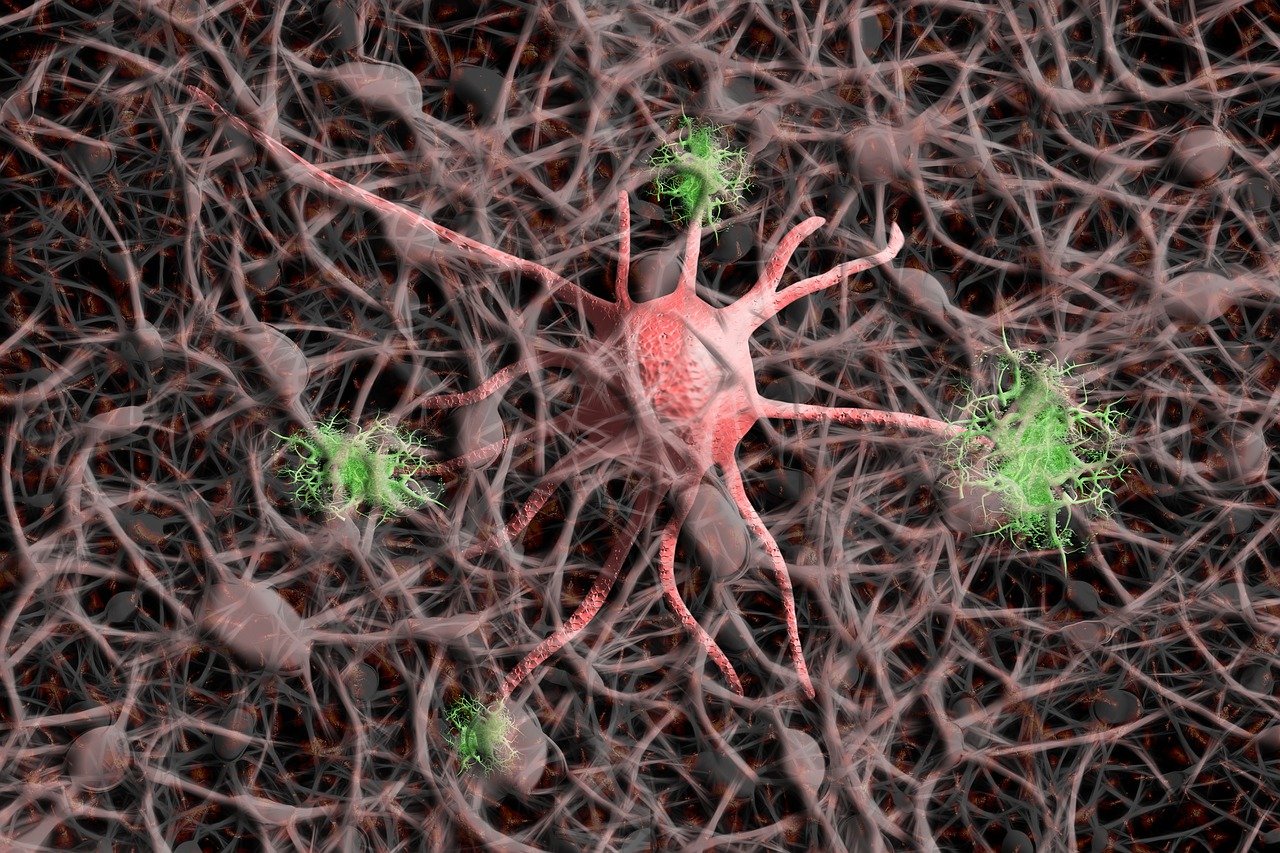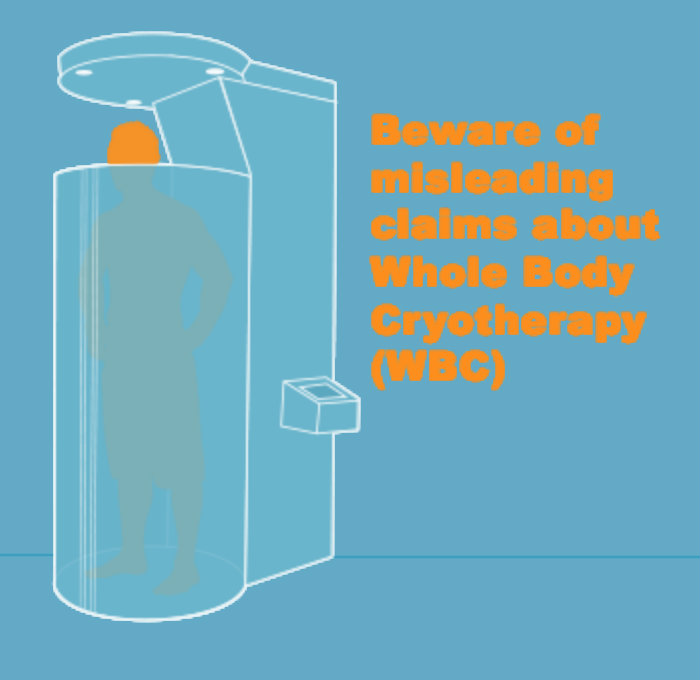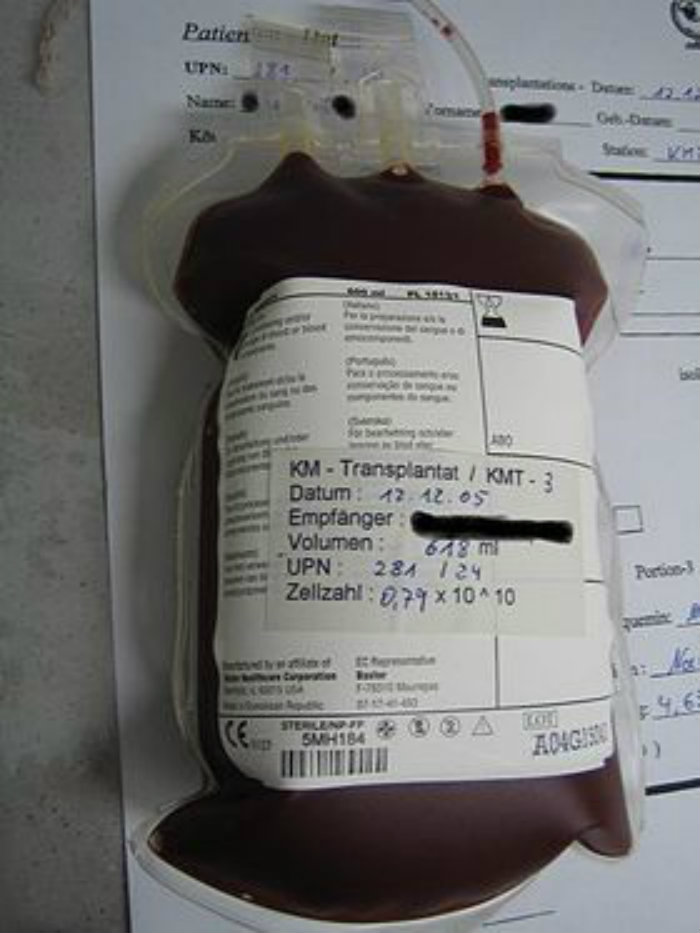Finding a treatment that can restore myelin is my holy grail for multiple sclerosis researchers. Will a neurostimulator designed by SetPoint Medical someday be the treatment for which I’ve been searching?
MS has been attacking my myelin since I was diagnosed 43 years ago, probably longer, stripping away insulation from axons and disrupting the signals that travel along my nerve fibers. That, in turn, has disrupted my walking, my thinking, and my life. Oh, for a treatment that could return that signaling to full speed.
The SetPoint device, which has recently received breakthrough device status from the U.S. Food and Drug Administration, hopes to achieve remyelination by stimulating a patient’s vagus nerve. The device, about the size of a medication capsule and containing a rechargeable battery, is implanted in a patient’s neck near that nerve. In a clinic, the device is remotely set to apply a low current electrical stimulation to that nerve for one minute every day.
Aiming at the body’s inflammatory reflex
In an email to me, SetPoint Medical’s Chief Medical Officer, David Chernoff, MD explained that “electrically stimulating the vagus nerve with our device jumpstarts [neuro-immune] pathways that reduce inflammation via acetylcholine signaling and release[s] pro-resolving mediators (SPMs) that can help repair tissue damage and initiate the healing process.” He says the company’s pre-clinical research shows evidence that this approach can promote remyelination by allowing immune cells to “clear the myelin debris that accumulates in MS and accelerating the cellular processes that result in new myelin being made to help repair damaged axons.”
Chernoff makes it clear that this treatment would not be a cure for MS and it will need to be used over a lengthy period of time. A patient will have to receive stimulation each day, indefinitely, to “keep their immune system in balance.” The device contains a rechargeable battery that’s expected to last 10 years and can receive a charge wirelessly. It can be either paused, replaced, or removed.
As developers evaluate this potential approach SetPoint Medical is focusing on MS patients with the relapsing form of the disease. According to Chernoff, this is because people with the relapsing form of the illness represent the largest proportion of MS patients and because the company believes “the impact of a remyelinating therapy would be greatest during the early course of MS.” He says people diagnosed with other stages of MS may be included in the future research.
More remyelination research
There are other research efforts underway to restore myelin.
A lot of attention has been paid to the use of higher-than-normal doses of Clemastine, an over-the-counter allergy medication, as a myelin repair treatment. A research review published in the May, 2023 issue of Neural Regeneration Research reports:
“Clemastine has been clinically proven to provide protection of axonal nerve endings after SCI [spinal cord injury] as well as inducing remyelination through oligodendrocyte promotion and stimulating muscle fiber growth.”
Another study, published in the February 19, 2024 issue of Nature concludes:
“Our data provide a potential mechanism for the pro-remyelination properties of metformin and clemastine, and highlight that further understanding OPC [oligodendrocyte precursor cells] functional states and dissecting the mechanisms to induce or prevent state transitions is likely to lead to new therapeutic targets to promote myelin repair.”
There’s also the possibility that one of the disease-modifying therapies currently in use to treat MS may aid remyelination. In January, 2023 the Journal of Neuroinflamation published a study reporting that the MS medication “teriflunomide [Aubagio] enhances endogenous myelin repair following cuprizone mediated demyelination.”
All this should be encouraging to people with MS. Though, I suspect, researchers are still years away from finding my holy grail, those scientists seem to be a lot closer than they’ve ever been.
(A version of this post first appeared as my column on the Rare Disease Advisor website.)
(Image by Gerd Altmann from Pixabay)



